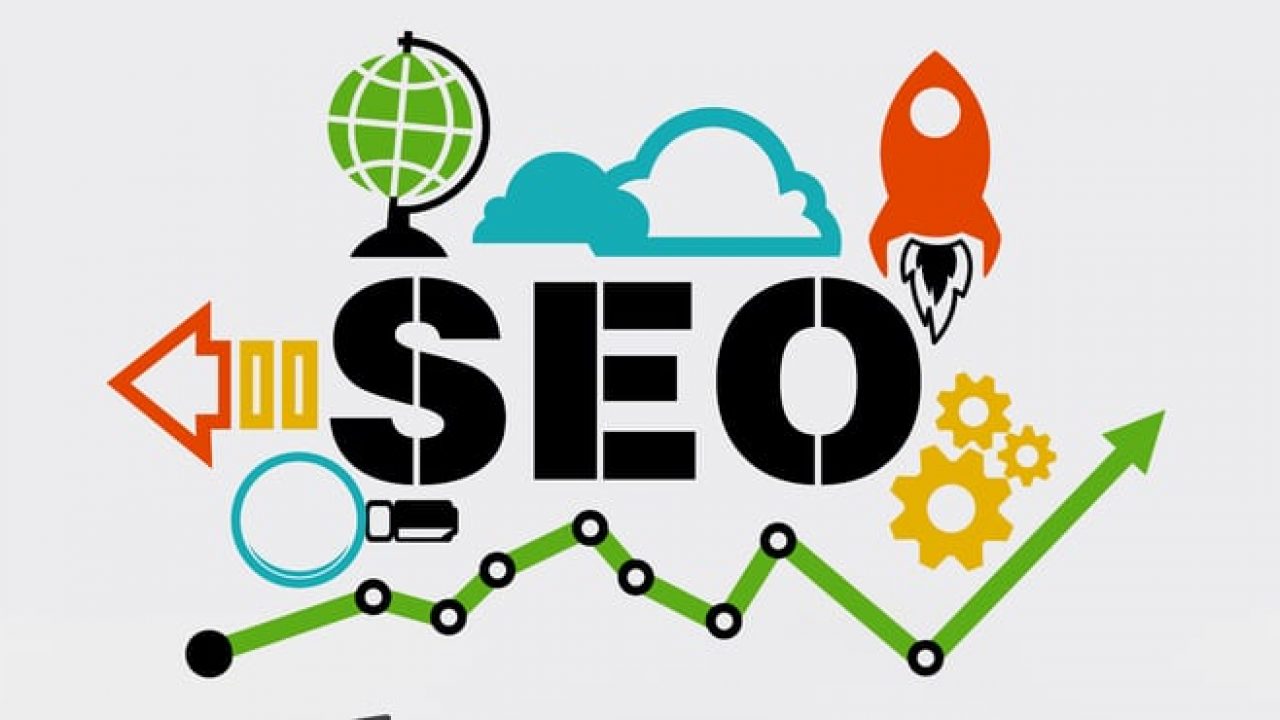When making decisions based on data, you’ll agree to the fact that insights and analysis are as good as the data used. Essentially, garbage data fed in is garbage analysis delivered out. Take the case in point: as a renowned eCommerce business, your team has just launched a new product and invested heavily in an email marketing campaign. It was meticulously planned, targeting thousands of potential customers.

But when you analyze the campaign’s results, you notice something alarming—a significant percentage of your emails bounced and the open rates are abysmally low. As it turns out, the data used for your email campaign was riddled with errors and discrepancies.
Much like metal ores, data needs to be refined from its raw state to be anything and everything more than a mere collection of facts and numbers. That said, there arises the need for an effective data-cleaning process.
What is Data Cleansing?
Data cleansing is the first step towards ensuring that the data you rely on for decision-making is accurate, reliable, and valuable. As a process that involves identifying and rectifying errors, inconsistencies, and inaccuracies in datasets, it is critical for businesses ranging from aggregator startups to small and mid-sized firms to global corporations. These errors can include duplicate records, missing information, incorrect data, and more. The main goal here is to enhance the trustworthiness of data, making it suitable for various applications such as business analysis, reporting, and decision-making.
Consider a scenario in which a retail company maintains a customer database in its CRM system. Over time, this database accumulates errors due to various reasons. Their customer, Colin Joseph moves to a new address and updates it with the company. However, the old address remains in the system, and the new one is not integrated properly. When the company sends out marketing materials, they reach an outdated address, resulting in wasted resources and customer frustration.
Why Does Data Cleaning Matter?
In continuation to the above example, Colin’s contact information might have multiple entries in the system due to variations in data entry. These duplicates can lead to confusion and inefficiency when trying to reach out to him. Moreover, incomplete or incorrect data can hinder the company’s ability to segment its customer base effectively and tailor marketing efforts.
![]()
Through CRM data cleansing services, the company can identify and rectify these issues, ensuring that customer information is accurate, up-to-date, and free from duplicates. This not only prevents costly errors but also enhances customer satisfaction and drives more efficient marketing campaigns. Other than this, businesses can enjoy various other benefits as listed below:
- Decision-Making and Analysis
Accurate and reliable data is crucial for informed decision-making and meaningful analysis. Flawed data can lead to misguided strategies and missed opportunities. Data cleansing ensures that the information used for analysis is trustworthy and provides a solid foundation for decision-makers.
- Delightful Customer Experiences
Data scrubbing is particularly vital in CRM systems, as it directly impacts interactions with customers. Clean and accurate customer data allows companies to provide personalized experiences, timely support and targeted marketing efforts, all of which enhance customer satisfaction and strengthen relationships.
- Increased Operational Efficiency
Clean data streamlines processes and improves efficiency by eliminating the time and effort spent by employees on resolving data issues. This frees up resources for more strategic tasks, which can significantly boost efficiency. In essence, employees need not waste time dealing with inaccurate data and automated systems function more effectively.
- Compliance and Legal Requirements
In industries that are highly regulated, it is mandatory for businesses to maintain accurate and up-to-date records and information. Data cleansing companies help such organizations meet these requirements and avoid legal complications as well as penalties.
How to Perform Data Cleaning?
As a non-negotiable workflow of modern businesses, data cleaning is a multi-step process that involves:
- Data Profiling – Start by examining your data to identify issues like duplicates, missing values, inconsistent formatting, and outdated information. You can use data profiling tools for this process.
- Data Validation – Validate the accuracy of the data by comparing it to reliable sources. This may involve verifying email addresses, phone numbers, or geographical addresses to ensure they are correct and up-to-date.
- Standardization – Standardize the database by ensuring that the entries adhere to a consistent format and structure. For example, make sure that dates are consistently formatted and names are in the correct case.
- Deduplication – Due to multiple points of data entry, there are high chances of data duplication. Identify and remove such records from your dataset to prevent confusion and redundancy.
- Enrichment – Companies are increasingly seeking data cleansing and enrichment services to enhance their datasets with external, valuable information, enabling more targeted marketing and better customer understanding.
- Data Transformation – Transform data as needed to fit a consistent structure. This may involve merging datasets, converting data types, or handling missing values.
- Data Migration – When migrating data to a new system or platform, data cleansing is essential to ensure that the data retains its quality during the transition. You can rely on professionals to ensure a seamless migration.
- Ongoing Maintenance – Data cleansing is not a one-time task. Regularly schedule data cleansing to maintain data quality over time and prevent the accumulation of errors; or else, you can outsource data cleansing services.
Latest Trends in Data Cleaning
As technology and data management practices evolve, several trends are reshaping the future of data cleansing:
- AI and ML – Artificial Intelligence and Machine Learning algorithms are used to automate data cleanup processes. The bots can identify patterns and errors in data, enhancing the overall speed and accuracy of the process.
- Cloud-Based Solutions – As the volume of data gets overwhelming, organizations collaborate with experienced data cleansing and migration companies to ensure zero data loss. They provide cloud-based solutions, allowing for scalability and flexibility in managing and cleaning their data.
- Blockchain for Data Integrity – Blockchain technology is being explored as a means to secure data integrity and prevent data tampering. Immutable ledgers can be used to track changes and verify data authenticity.
- Data Integration – Integrated data cleansing is gaining popularity as these allow for a seamless flow of data between systems, with cleansing happening in real time.
Closing Thoughts
Data cleansing is an essential practice for maintaining data quality, which is the foundation of effective decision-making, customer satisfaction, and business success. And, as the volume of data continues to grow, the role of data cleaning becomes even more critical. To stay competitive and harness the full potential of data, you should consider partnering with data-cleansing service providers. By doing so, you can be assured that your data remains clean, reliable, and an asset rather than a liability in the ever-evolving landscape of data-driven business.







